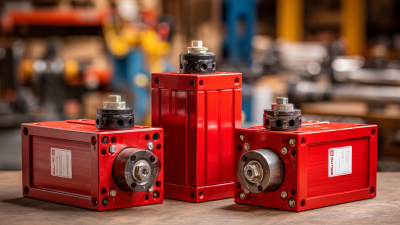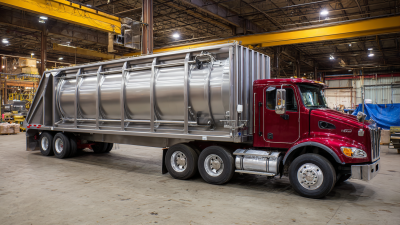 +86-13349293098
+86-13349293098
Leave Your Message
-
 Contact Phone
Contact Phone -
 Contact WhatsApp
Contact WhatsApp -
 Contact Email
Contact Email



Choosing the right Red Lion Cylinders for your application is a pivotal decision that can significantly affect the efficiency and performance of your operations. According to a recent industry report, the global demand for hydraulic cylinders is expected to grow at a CAGR of 5.7% from 2021 to 2028, driven by advancements in automation and increasing investment in infrastructure. Red Lion Cylinders, known for their durability and reliability, stand out in this competitive market, providing solutions tailored to various industrial needs. Understanding the distinct types of Red Lion Cylinders available—such as standard, double-acting, and pneumatic models—is essential for optimizing operational capabilities. With careful selection based on application requirements, businesses can enhance productivity while ensuring safety and compliance.
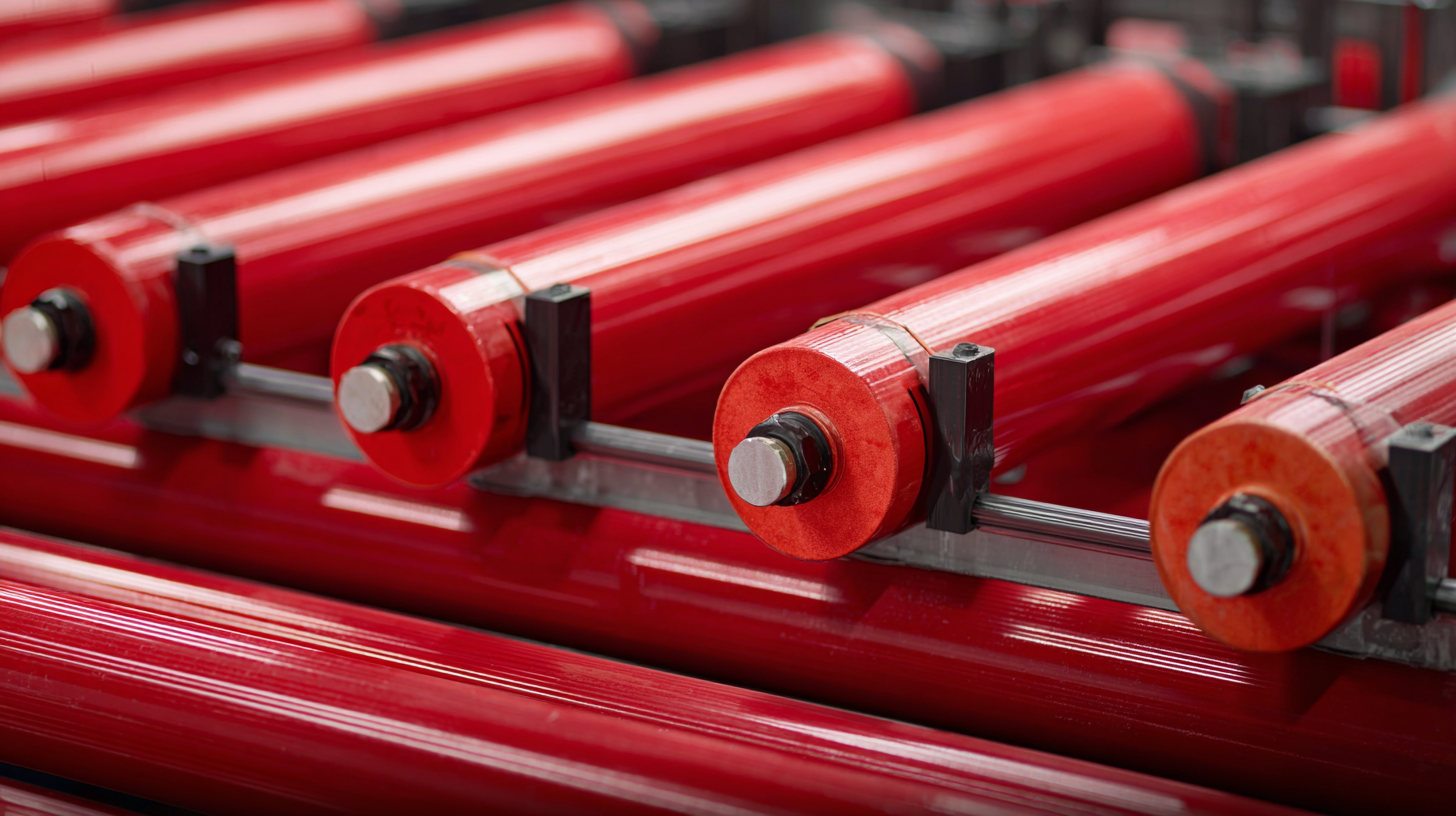
When selecting the appropriate Red Lion cylinders for your specific application, it's crucial to understand the different types available and their intended uses. Red Lion offers various cylinder options, each designed for specific pressures, volumes, and environmental conditions. For instance, heavy-duty cylinders are suitable for more demanding tasks in industrial settings, while smaller, lighter versions are ideal for portable or less intense applications. Knowing the operational requirements helps you make informed decisions about which cylinder best fits your needs.
**Tip:** Always consider the environment in which the cylinder will operate. Factors such as temperature extremes, exposure to chemicals, and physical space limitations can greatly influence cylinder performance.
Another important factor to keep in mind is the compatibility of the cylinder with your existing systems. Ensure to review the specifications and operational capacities to match them with your machinery competently. Some cylinders are better suited for mechanical applications, while others may excel in hydraulic systems.
**Tip:** Consult with a technical expert if you’re unsure about compatibility or specifications to avoid potential operational issues.
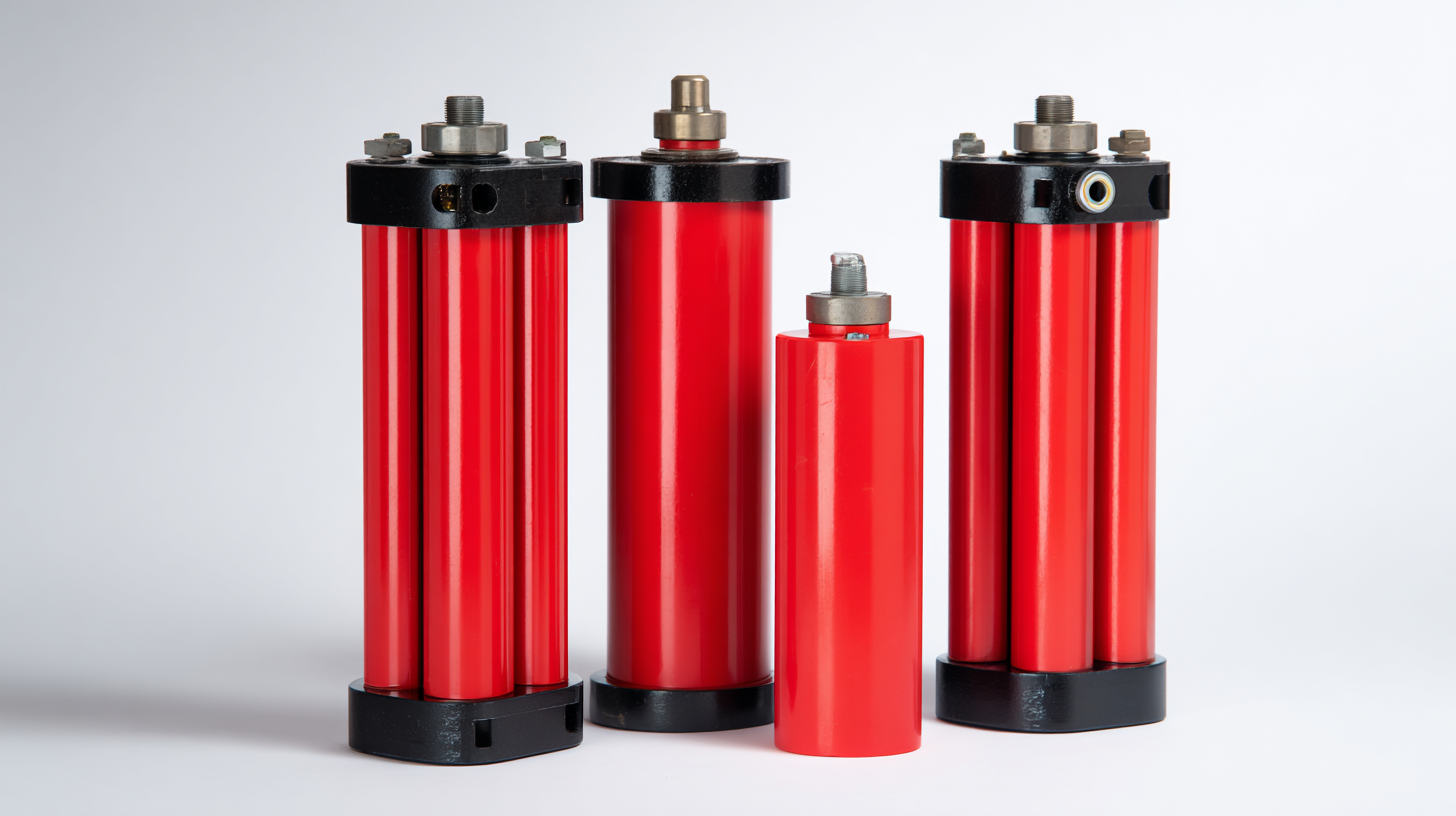
When selecting the appropriate Red Lion cylinders for your application, understanding the specifications related to pressure ratings and temperature ranges is critical.
Pressure ratings indicate the maximum pressure a cylinder can safely handle. This specification is crucial for ensuring the cylinder operates effectively without risking failure. For applications with high pressure demands, opting for cylinders with high-pressure ratings will ensure reliability and safety over time.
Temperature ranges also play a vital role in cylinder performance. Each Red Lion cylinder has a specified temperature range beyond which it may not operate efficiently or could sustain damage. It is essential to consider the environmental conditions the cylinder will be exposed to during operation.
Materials and construction methods influence how well a cylinder withstands extreme temperatures. Therefore, assessing both pressure ratings and temperature ranges will help ensure that the selected cylinder aligns with the specific requirements of your application.
When selecting Red Lion Cylinders, it's essential to consider the materials used in their construction. The choice of material significantly affects the cylinder's durability, resistance to corrosion, and suitability for different environmental conditions. For instance, stainless steel cylinders are ideal for applications involving exposure to moisture or chemicals, while aluminum options may be better suited for lightweight and portable requirements. Evaluating the specific environmental factors the cylinder will face can guide you to the right material.
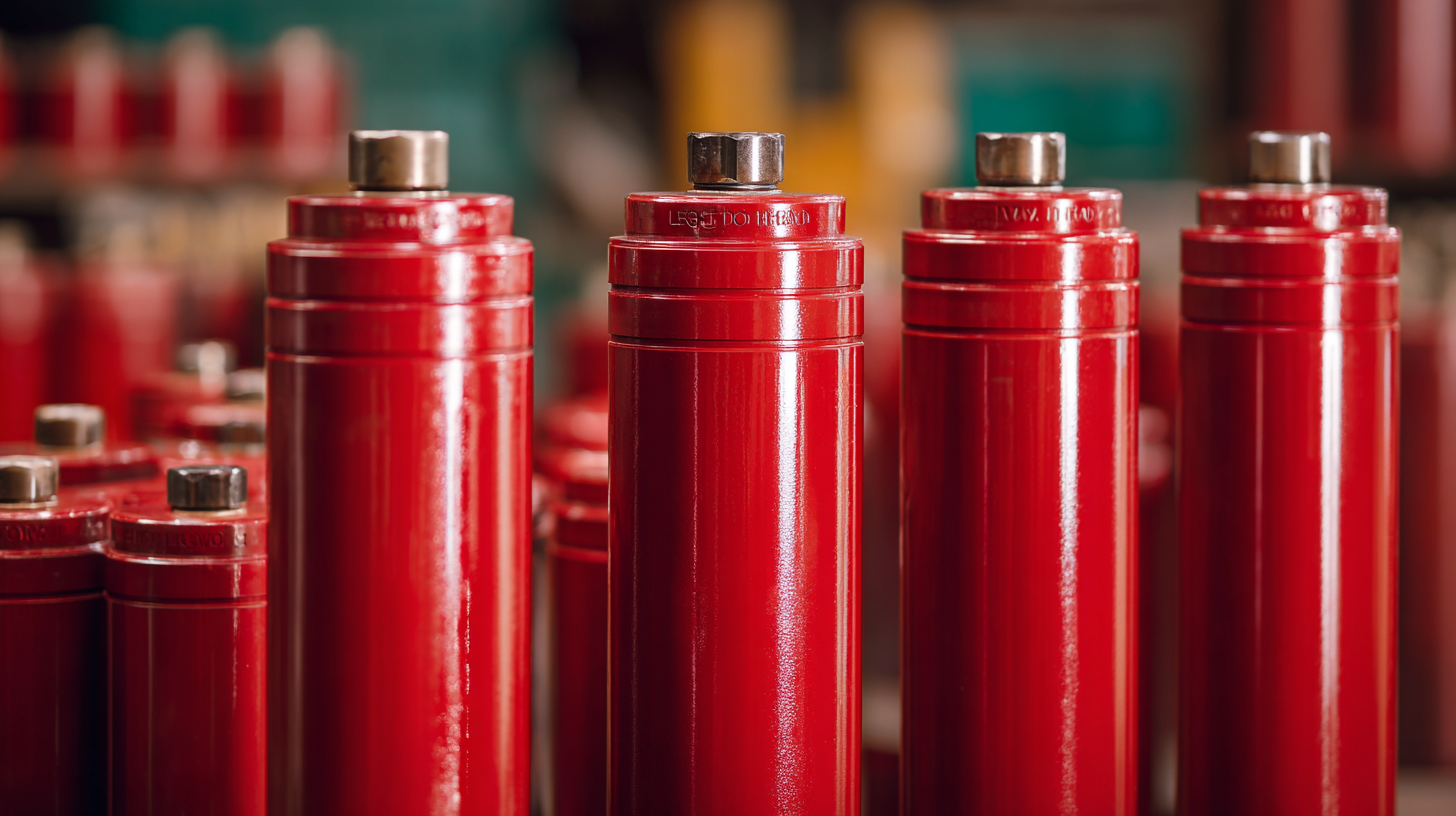
Another critical aspect to consider is the cylinder design, including size, stroke length, and mounting configurations. The design must align with the application's operational demands, ensuring efficient performance. For example, if space is limited, compact designs with shorter stroke lengths may be necessary. Additionally, compatibility with existing machinery and ease of installation should influence your decision. By carefully assessing material properties and design features, you can select the optimal Red Lion Cylinder that meets your application's unique needs.
When selecting the proper Red Lion cylinders for your application, it is crucial to consider industry standards and compliance. According to the American National Standards Institute (ANSI), cylinders must adhere to strict performance and safety regulations. This includes the necessity for pressure ratings that meet or exceed the demands of various operational environments, with standards often exceeding 2500 psi for high-pressure applications.
Moreover, the International Organization for Standardization (ISO) provides guidelines that ensure these cylinders are manufactured and tested under controlled conditions. It is recommended that organizations utilize cylinders that meet ISO 9001 certification, ensuring quality management systems are in place. Recent industry reports indicate that compliance with these standards not only enhances safety but also improves operational efficiency, as companies that prioritize compliant equipment have reported up to a 30% increase in productivity.
Choosing Red Lion cylinders that align with these industry benchmarks guarantees that your operations remain efficient and safe, while also avoiding potential legal liabilities associated with non-compliance.
When selecting the appropriate Red Lion cylinders for your applications, it's crucial to maintain a balance between performance and budget. According to a report by the International Society of Automation, optimizing the efficiency of fluid power systems can lead to cost savings of up to 30% in operational expenses. Therefore, understanding your specific requirements—such as load capacity, cycle frequency, and environmental factors—can significantly influence your overall investment.
Tips for selecting the right cylinder: First, assess the performance specifications you need. Consider factors like stroke length and mounting styles that align with your machinery's needs. Additionally, investigate the materials used; cylinders made with corrosion-resistant materials may have higher upfront costs but can reduce maintenance expenses over time.
Equally important is analyzing the total cost of ownership. A detailed evaluation of energy consumption and downtime can help you understand how a seemingly more expensive option might save you money in the long run. For instance, high-quality cylinders may possess advanced sealing technologies that enhance longevity, resulting in fewer replacements and reduced operational disruption. Choosing the right Red Lion cylinders, therefore, can lead to significant cost-effectiveness when approached thoughtfully.
